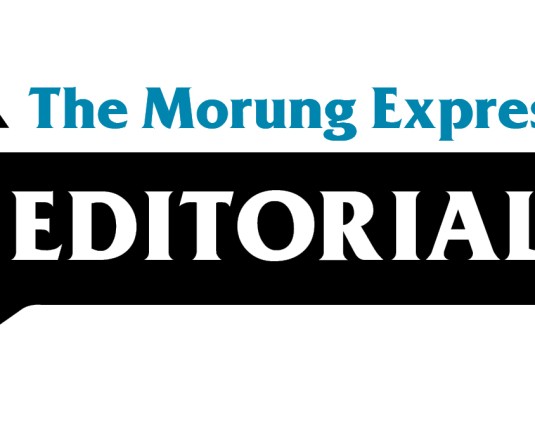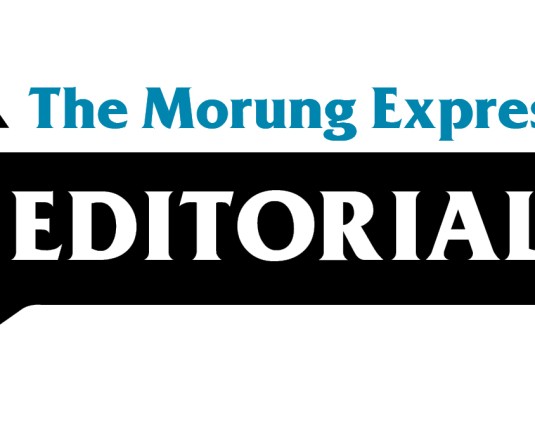
Moa Jamir
In a State self-proclaimed as ‘The Land of Festivals,’ the annual Hornbill Festival is denoted as the ‘Festival of Festivals.’ As Nagaland prepares to cajole both natives and outsiders alike to immerse themselves in a 10-day extravaganza, promising among others, music, food, fashion and culture against the backdrop of natural beauty, a very pertinent question is raised: Is such opulence justified?
To clarify, the question is not necessarily a criticism of the annual festival per se, but rather an enquiry as to whether exotic cultural romanticism as well as other extravaganza reflects the state of affairs or can be considered an exercise in escapism. The annual Hornbill Festival kicks off on December 1 at the Naga Heritage Village at Kisama, coinciding with the 60th Nagaland Statehood day.
The reaction of Nagaland’s young people to the event is a mix of relief and discomfiture, I argued before (See Scroll.in December 3, 2015)— relief, that with national media outlets uncharacteristically positive and gushing over the cultural smorgasbord, the narrative about their state is uncharacteristically positive; but also discomfiture, some guilt, and not a little discontent, because they are “painfully aware that beneath the exotica, the state's economy and politics are in total disarray.”
Incidentally, even then, there was an opposition-less ‘Unity government’ with little dialogue around vital issues while unpaid salaries were recurring themes; Budgetary constraints were constant refrains, contrasted with the Comptroller and Auditor General of India annually highlighting discrepancies in various social, economic, revenue and general sectors in Nagaland, while the roads, including the one leading to Kisama Village, were bumpy, at best. The list could go on.
Seven years after, the situation has not changed much, with another opposition-less government at the helm, while other issues listed continue to plague the State, at times, with much more intensity than before while new ones are added. There is a general discontentment. For instance, the issue of unemployment has become more acute in recent years and is reflected in the protests by contractual doctors and Department Recruited Aggrieved Nurses (DRAN).
Accordingly, over the years, the government of the day has become more adept at temporary crisis management, instead of seeking workable solutions and corrective measures of a permanent nature.
But why worry? All roads, however, bumpy will lead to Kisama for the next ten days as the state government will coax citizens and tourists alike into a cultural trance and glorious escapism. Current issues confronting the issues can wait, until the next crisis crops up; to be temporarily managed till the next edition of the ‘festival of festivals.
Make no mistake; the variety of events scheduled for the 10-day cultural extravaganza is astounding, comprehensive and well-coordinated. It is as if the State’s top officials as well as the honchos of the concerned department are spending the first 11 months of the year planning the minutiae of the event. Ergo, one cannot help but wonder what will be the state of affairs if the policymakers could divert some of these enthusiasm and energy into finding solutions to pertinent issues confronting the State. If so, it would be reverie meet reality.
For any comment, drop a line to jamir.moa@gmail.com





